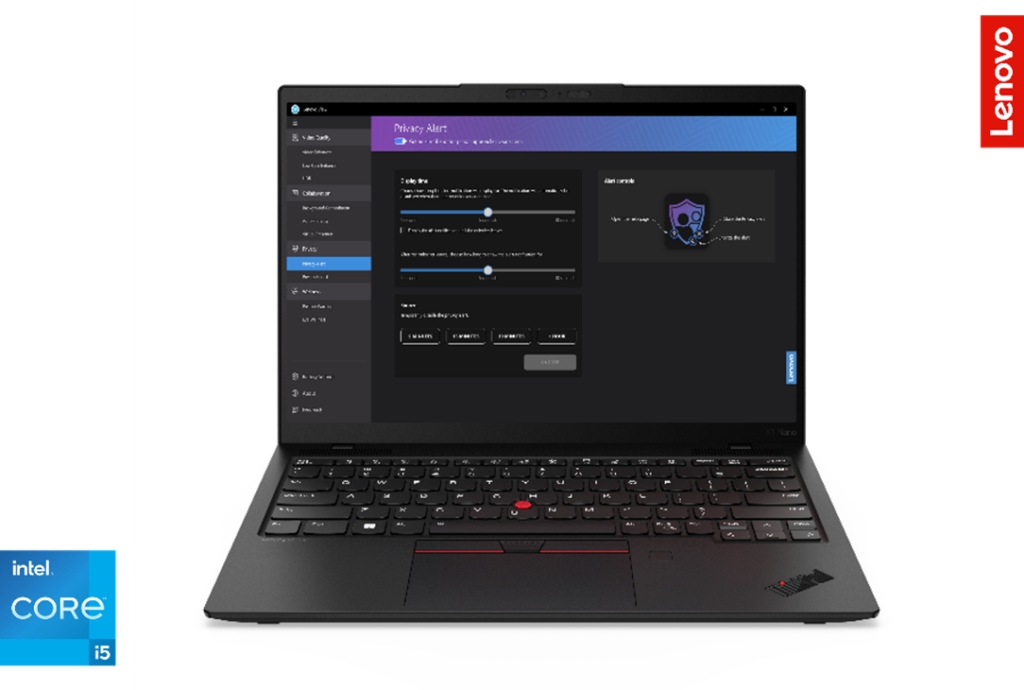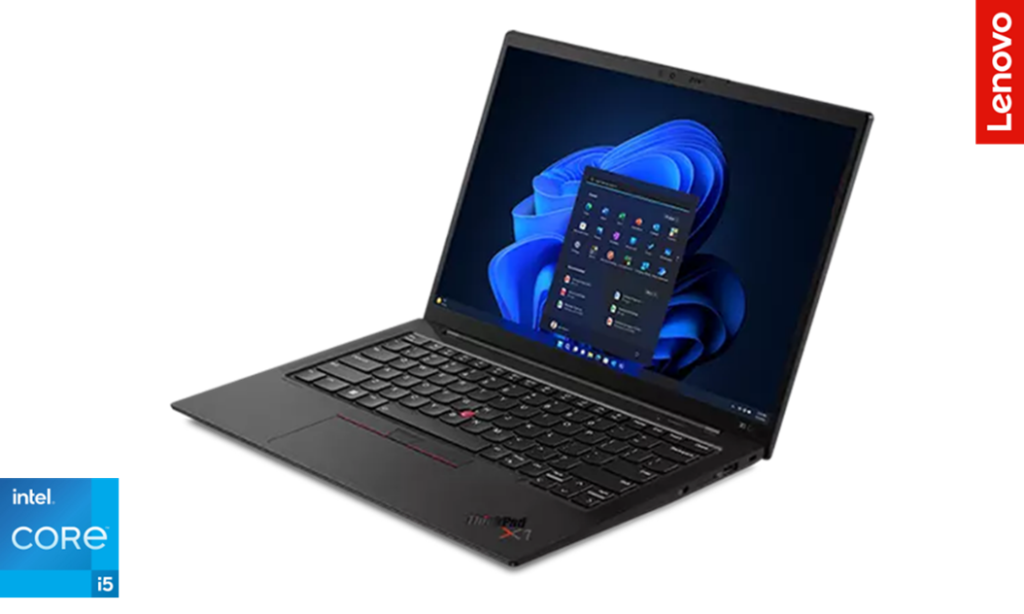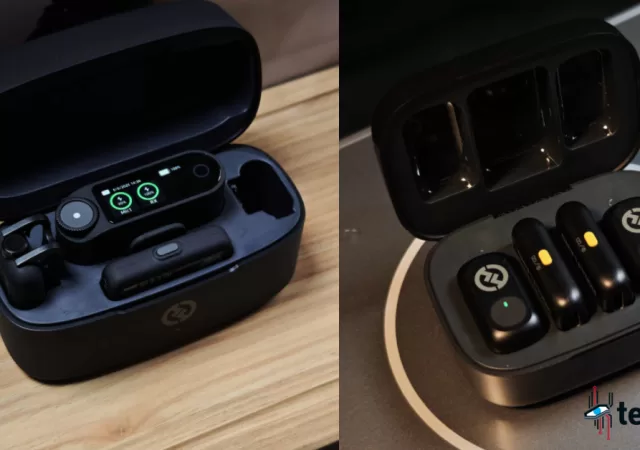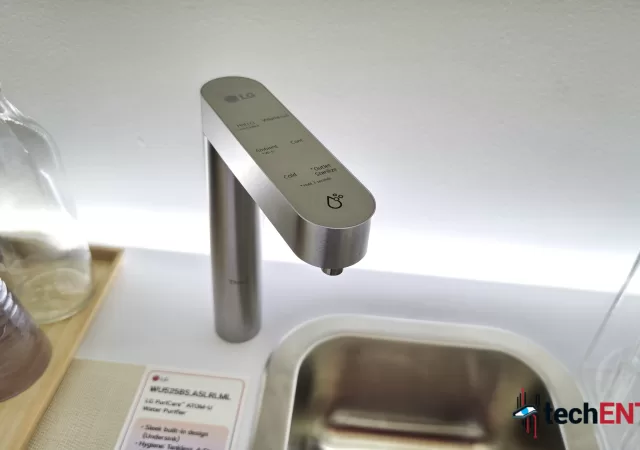This article is contributed by Varinderjit Singh, General Manager, Lenovo Malaysia
IT decision-makers have officially earned their seats at the table — nearly three-quarters of CIOs say their roles have been elevated by the visibility they received during the pandemic. [1] Now they have to figure out what to serve first.

Digital strategy and transformation took the lead last year for 67% of CIOs, but the number fell to 60% in 2022 as IT decision-makers focused on the fundamentals of optimizing and managing technology.1 Priority whiplash has left more than 76% of CIOs struggling to balance two critical goals: business innovation and operational excellence.1
With the right technology partner, IT decision-makers don’t have to choose. Smarter digital workplace solutions raise the bar on productivity, business agility, and infrastructure integrity, freeing them to focus on strategic organizational change. In fact, that’s how they would prefer to spend their time — 83% of IT decision-makers are actively seeking digital transformation opportunities that will help their companies contribute good to the world.[2]
What should you look for in a technology partner?
An end-to-end solution provider will have your back, optimizing operations in three essential ways.
01. Productivity and collaboration
Exceptional technology is the baseline for productivity and collaboration, supporting hybrid workplaces, connecting employees, and securing data and devices from anywhere. When it works, technology enables peak performance and improves user experience. On average, three-quarters of employees credit their business technology with making them feel more productive and empowered.2 And 60% of IT decision-makers see their employee experience (EX) scores rise by focusing on improving users’ experience with technology.[3]
When technology doesn’t work, IT decision-makers put innovation on the back burner while they scramble to field help desk requests, respond to security emergencies, push out patches, and source new products to meet evolving business needs.
Look for technology that is optimized to work together, promises exceptional reliability, and leverages the most current innovations for data and employee security.
Lenovo delivers a portfolio of premium solutions — hardware, software, services, and accessories — ranging from PCs and smartphones to smart collaboration to augmented and virtual reality technology (AR/VR). Plus, remote management and automation technology innovations can cut time spent on manual processes by as much as 50%.[4] Hardware- and software-based security and manageability tools elevate productivity on modern devices like the ThinkPad® X1 Carbon Gen 11, powered by 13th Generation Intel® Core™ i5-1335U processor, built for what IT needs and users want.4

About half of CIOs right now are spending significant time on operational IT improvements, and 26% are busy reacting to IT crises.1
What would you be doing if your technology could manage and secure itself?
02. Agility and optimization
Business transformation often depends on the ability to scale, requiring immediate access to mission-critical technology. Quick access to technology has proven elusive for some organizations, which results in IT teams spending significant time managing older equipment.
That’s an easy ask if they’re partnered with a technology provider that offers as-a-service solutions. With Lenovo TruScale, devices, infrastructure, services, and support can all be scaled easily to meet evolving business needs. Everything from the pocket to the cloud is available on demand, from a single point of contact, in a cost-efficient OpEx model. End-of-life recycling is also an important part of the package — streamlining the process for IT decision-makers, eliminating security risks associated with asset disposal, and helping to meet organizational sustainability goals.
When it comes to freeing up time for innovation, few decisions are as impactful as choosing an as-a-service partner. When everything from infrastructure to end-user devices is optimized, updated, and ready to be deployed anywhere in the world, operational excellence takes care of itself.
03. Intelligent infrastructure
Businesses need an infrastructure that delivers faster time to insights, improved application performance, enhanced security, and better manageability.
Cloud computing is an important part of the equation. As of 2022, 60% of corporate data worldwide is now stored in the cloud,[5] and that makes achieving operational excellence significantly easier.
Within just a few months after migrating to the cloud, 80% of businesses report operational improvement[6] thanks to the continuity, resilience, and efficiencies achieved with hybrid cloud computing.
The Intel® Xeon® Scalable processors in Lenovo’s ThinkAgile appliances optimize workloads and improve efficiency, providing significant improvement in data processing capacity. Along with flexible cloud storage, IT decision-makers also have access to remote management services and support analytics through one customer portal. With increased visibility across the entire fleet and the capability to manage technology remotely, they can significantly reduce organization-crushing downtime — and make time for transformation.
Smarter IT decision-makers don’t go it alone. 92% of CIOs believe technology vendors play a valuable role in their company’s overall success.[7]
[1] CIO.com, “State of the CIO, 2022: Focus turns to IT fundamentals,” March 2022
[2] Reach3 Insights and Lenovo, “Human-centered insights to fuel IT’s vision,” July 2022
[3] Lenovo, Intel, and Forrester, “Invest in Employee Experience, Drive Your Bottom-Line Growth,” October 2020
[4] Salesforce.com and Pulse, “Global IT Survey 2020,” accessed August 2022
[5] Statista.com, “Share of corporate data stored in the cloud in organizations worldwide from 2015 to 2022,” accessed August 2022
[6] Zippia, “25 amazing cloud adoption statistics,” May 2022
[7] IDG, “2022 Executive Summary State of the CIO,” 2022






